TL:DR: TL;DR: I prefer the Otterbox Commuter over the Otterbox Defender. These are the key takeaways from my Otterbox Defender vs Commuter Series review:
- The Commuter has a more slim and pocket-friendly design compared to the bulkier Defender. This makes it easier for me to use everyday.
- The Defender’s built-in screen protector felt overkill for daily life.
- The Commuter costs less than the Defender.
- While the Defender offers superior protection, the Commuter still provides enough durable protection for adventurous people
- The Defender’s extra accessories like the holster, weren’t useful to me.
A good phone case is hard to find. Its first and foremost duty is to protect a costly, breakable, and crucial electronic device, which we use for nearly every aspect of our lives.
I don’t know about you, but I’ve reached a point where my phone feels like an extension of my body. My phone is with me from when I wake to when I go to sleep and everywhere in between.
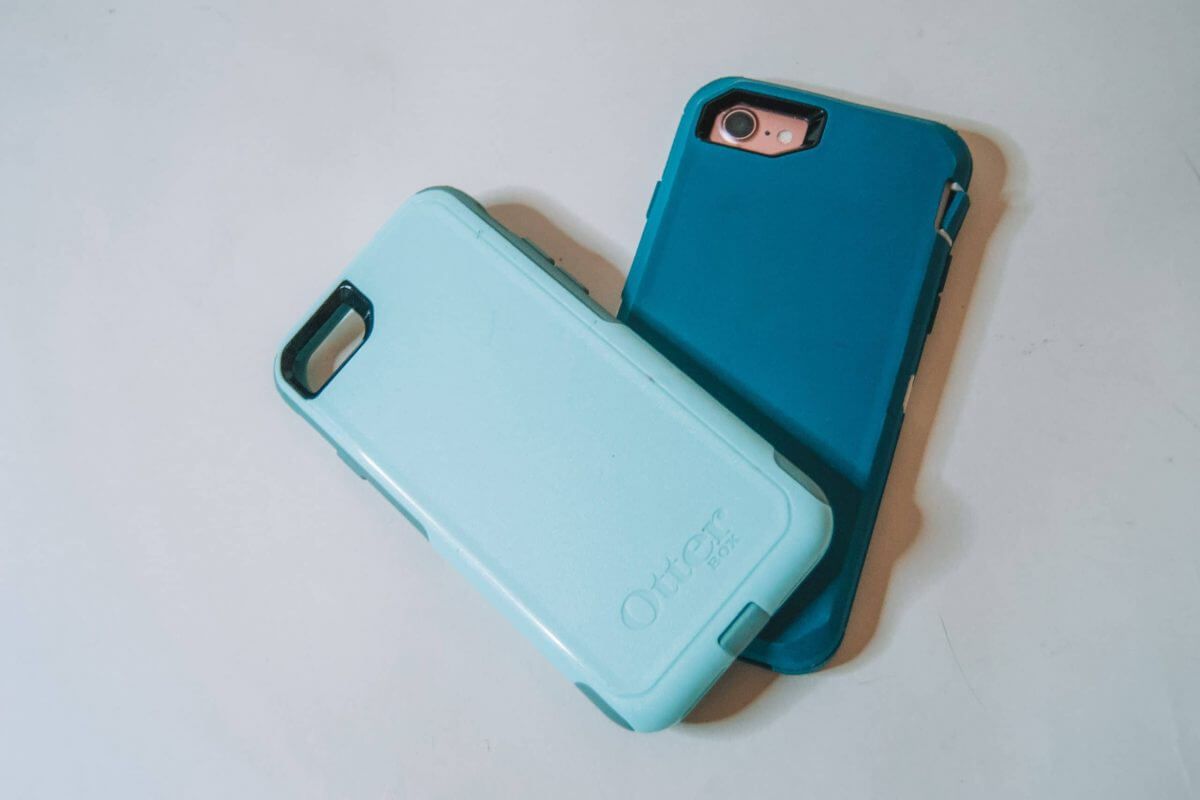
I use it for work, communicating with loved ones near and far, and tracking multiple aspects of my health.
I am practically a cyborg with how integrated my phone is with my body, but let’s not dwell on that thought.
The point is, if my phone were to break, I would be lost. But on top of that, my phone also plays a very physical role in my life.
I’m often holding it or looking at it, and what case I’m using determines my visual and tactile experience of my phone.
Otterbox is a company that specializes in heavy-duty protective phone cases. Among the wide range of models they offer are the Otterbox Defender Series and the Otterbox Commuter Series.
Both of these cases offer more protection than the average phone case, but how do they hold up against each other?
In this Otterbox series comparison review, I’ll break down the difference between the Otterbox Defender vs Commuter cases and offer my unfiltered opinion on which one comes out on top.
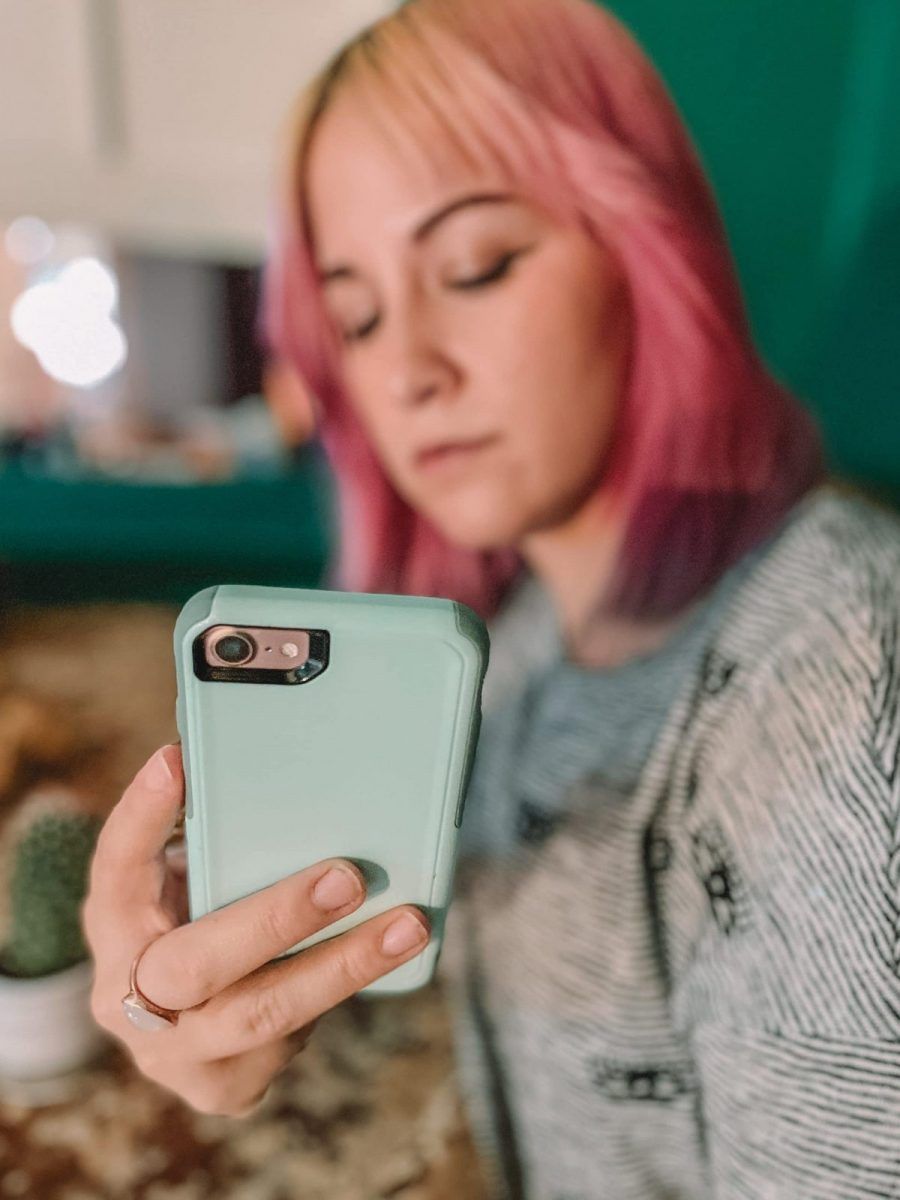
Overview of the Otterbox Defender
First up in the great Otterbox Defender vs Commuter showdown is the Defender Series. Read on to learn what I thought about my experience with it.
First Impressions: My Otterbox Defender Case

Two things struck me when I first pulled my Otterbox Defender out of the box. First, the packaging was easy to open, and second, the phone case was not.
My Otterbox Defender came in a shade of dark teal called “Big Sur.”
I have an iPhone 7, so I bought the Otterbox case that fits my slightly old iPhone. And this is the model that will tailor my description of the specs.
The Otterbox Defender case came in three parts: an inner hardshell with a built-in plastic screen protector, an outer rubber soft shell, and a rigid scratch-proof holster.
The hardshell was tricky to pull apart. At first, I was concerned I was going to break it. Eventually, I figured out that it opens more easily when you press beneath the little tabs on the sides.
The polycarbonate shell encases your phone entirely, thanks to built-in screen protection.
I was wary at first because the whole thing was so bulky. I wasn’t used to holding an iPhone with so much girth, and it felt big in my hands.
Ordinarily, I hold my iPhone in one hand and scroll with my thumb. Scrolling has become second nature, so my hands have automatic muscle memory.
With the Otterbox Defender on my phone, it was a little too big to use my thumb for scrolling, which disrupted that muscle memory and made it feel clunky in my hands.
I also ended up taking the holster off because my iPhone didn’t fit into my pocket with it.
The holster includes a belt clip, but I’m not a big belt-wearer, so that feature didn’t feel like it was for me.
On the plus side, my iPhone had never felt safer. Without the holster, I didn’t have the full three layers of protection, but two layers meant that no amount of my clumsiness could damage it.
I felt like I had more drop protection than ever before. And the outside rubber layer was smooth and velvety, which offset how bulky it felt.
Read my complete Otterbox Defender review.
Materials & Key Specs
- Materials: Polycarbonate inner and synthetic rubber outer layer.
- Special Features: Built-in screen protector, port covers, and three-layer protection.
- Fits: Otterbox makes Defenders for iPhones as old as the iPhone 6, all the way up to the newest model. They make Defenders for Samsung phones as old as the Galaxy A51.
- Best for: Adventurous phone users who use their phone in lots of dusty, dirty situations where it’s liable to drop or get scratched.
Main Features

The standout feature of the Otterbox Defender is its drop protection.
The hard polycarbonate inner shell and the flexible outside rubber shell work together to protect your phone from bumps and bruises, scratches, and scrapes.
The Otterbox Defender also includes several accessories that you would typically purchase separately.
The screen protector is built into the polycarbonate inner layer, and it uses thin plastic rather than the tempered glass you often find with third-party screen protectors.
The holster, which can convert from a belt clip to a kickstand, is optional.
Additionally, The Defender has port protection over all ports and buttons, so no dust or dirt can get inside your phone.
What’s Different About the Defender vs Commuter?
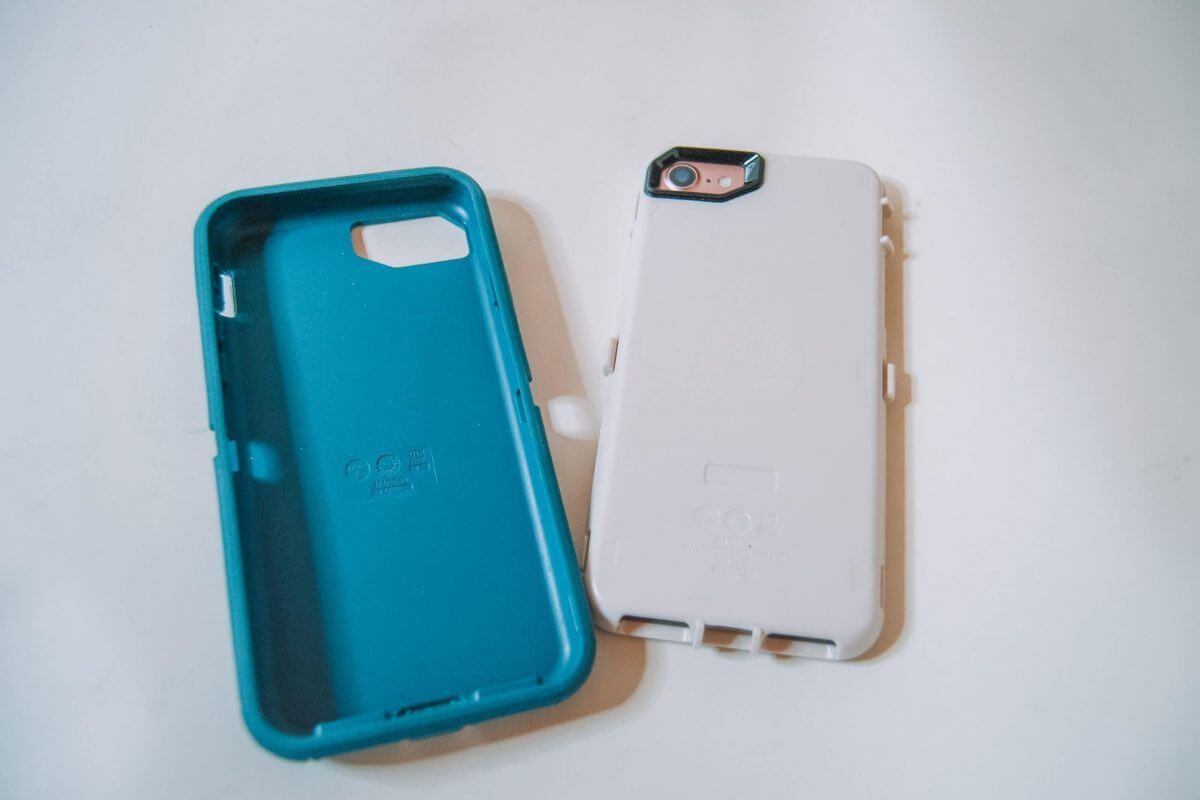
When you compare Otterbox Defender and Commuter cases, the main difference between the two different types of Otterbox cases is that the Defender offers utmost protection. This is especially the case with its built-in screen protector and a hard inner shell.
The Commuter is essentially a light version of the Defender.
The Defender Otterbox case pulls out all the stops when it comes to protecting your phone, leaving no stone unturned, even coming with an included scratch-proof belt clip holster.
However, in return for the better protection it offers, the Defender is a bulkier case that focuses more on function and less on aesthetics.
Looking for more comparisons? Read our guide to the Otterbox Defender vs Symmetry series.
Who is the Defender case for?
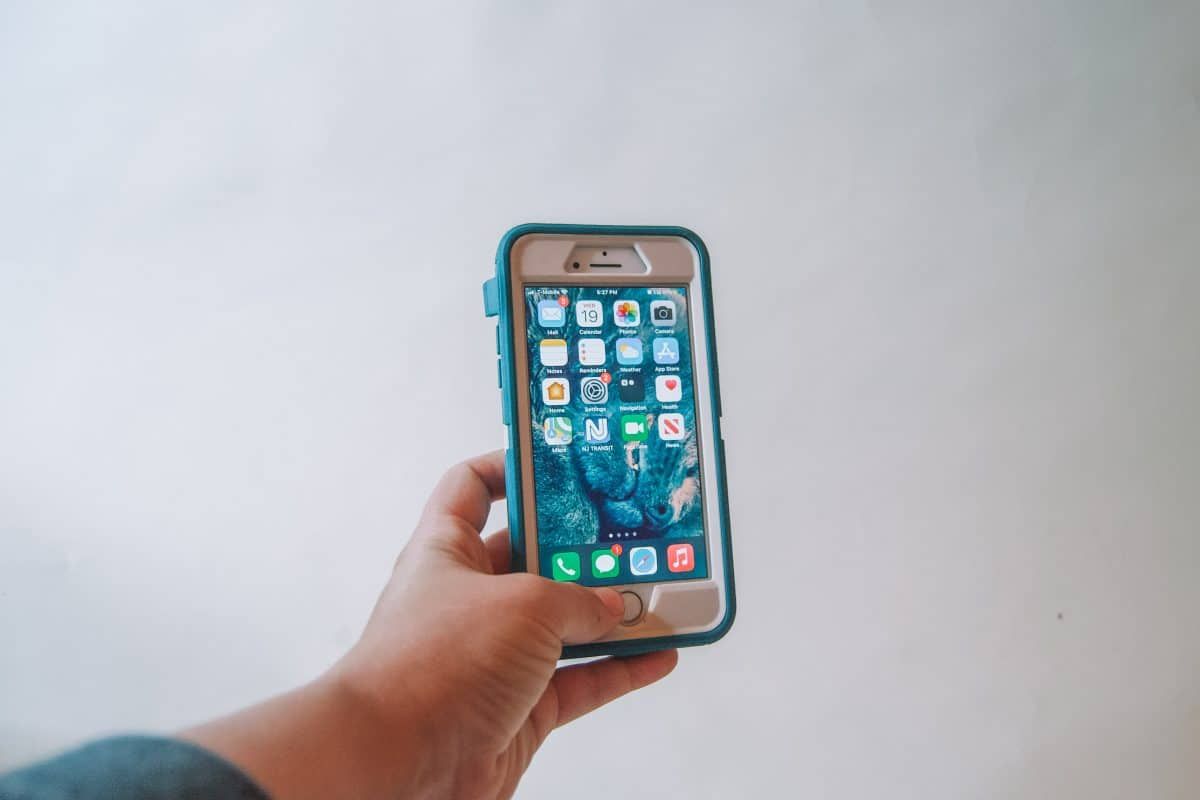
The Defender Otterbox case is best for a heavy-duty user who might often find their phone in harm’s way.
Someone prone to dropping their phone or using it in situations where there’s a lot of dust and dirt present–such as hiking or other outdoorsy activities–would benefit from a Defender case.
If you’re someone with an active lifestyle, and you’re worried that your adventuring may lead to phone damage, then the Defender might be for you.
And since Defenders come with built-in screen protectors and holsters, you might love it if you’re big on accessories and don’t want to purchase them separately.
Looking for something else? Read our guide to the best Otterbox alternatives.
Overview of the Otterbox Commuter
Next up in the battle of the Otterbox Defender versus Commuter cases, we have the Commuter. Will it overtake its hard-wearing counterpart and come out on top?
First Impressions: My Otterbox Commuter Case
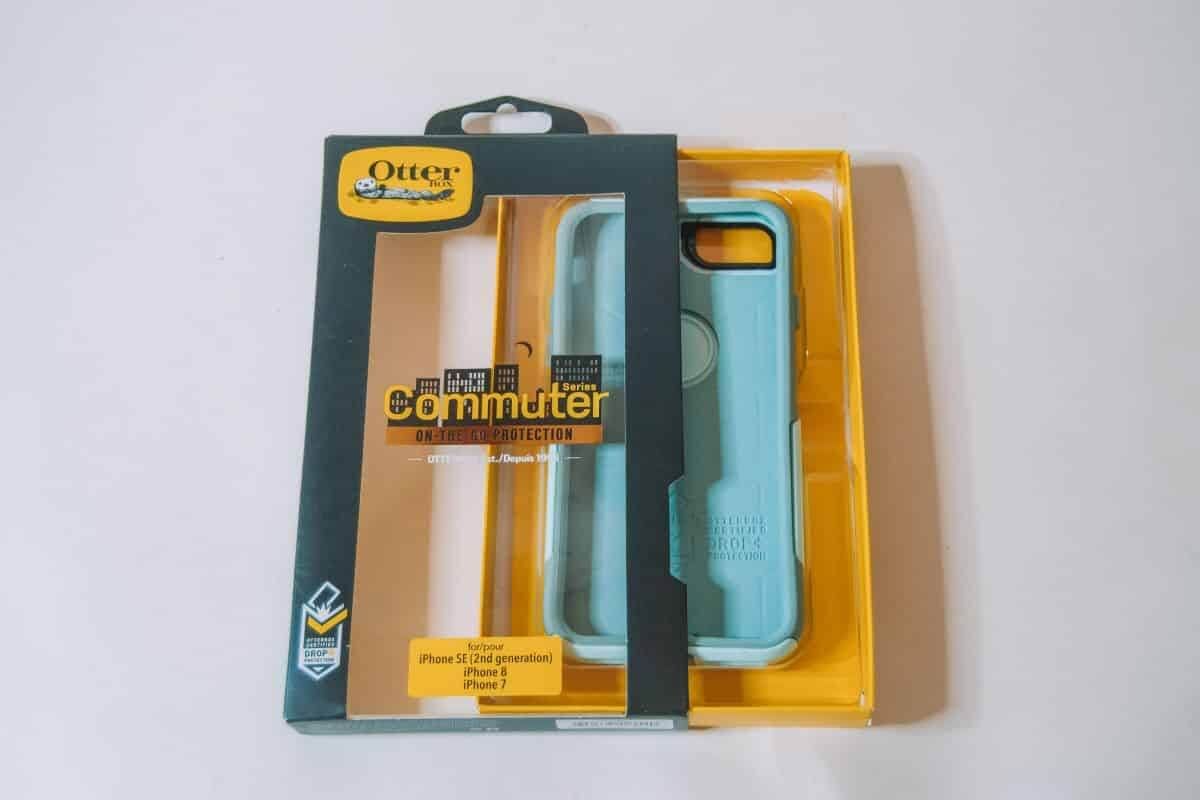
Like the Defender, the packaging for the Otterbox Commuter Case was wonderfully easy to open.
Otterbox does an outstanding job creating headache-free packaging with no shrink-wrap and no “plastic annoyances,” as my mom calls them. The packaging requires no cutting and is also recyclable.
The Commuter immediately struck me as a simplified version of the Defender.
It doesn’t have built-in screen protection, which means you could use it with tempered glass screen protectors if that’s what you prefer.
I found the Defender’s plastic screen protector to have a slightly pliable feeling, so you might prefer tempered glass screen protectors if you like your screen to feel like a hard, flat surface.
Otterbox also sells tempered glass screen protectors that would be compatible with the Commuter.
The shell also comes in two layers rather than three layers.
One layer is a hard polycarbonate shell, and the other is soft, flexible rubber. These two pieces fit together seamlessly and become one.
While the Defender has a hard inner shell with the rubber side on the exterior to directly absorb any impact, the Commuter has it the other way around. It has a hard exterior shell and an inner rubber layer.
Even though the configuration is the opposite, both cases combine hard and soft to offer excellent drop protection.
For my iPhone 7, I chose a color called “Ocean Way,” which is a seafoam green with taupe accents.
Right off the bat, I enjoyed having the Commuter on my phone, and it felt a lot less bulky compared to the Defender while maintaining nearly the same durability.
While the Defender offers more protection, the Commuter was a lot easier for me to manage and operate on a day-to-day basis.
Materials & Key Specs
- Materials: Polycarbonate outer shell and synthetic rubber inner.
- Special Features: Port covers, slim design, and two-layer protection.
- Fits: Otterbox makes Commuters for iPhones as old as the iPhone 6, all the way up to the newest model. They make Commuters for Samsung phones as old as the Galaxy A01 and a variety of LG and moto phones.
- Best for: Everyday use for people whose phones face the usual risks and dangers of a busy lifestyle.
Main Features
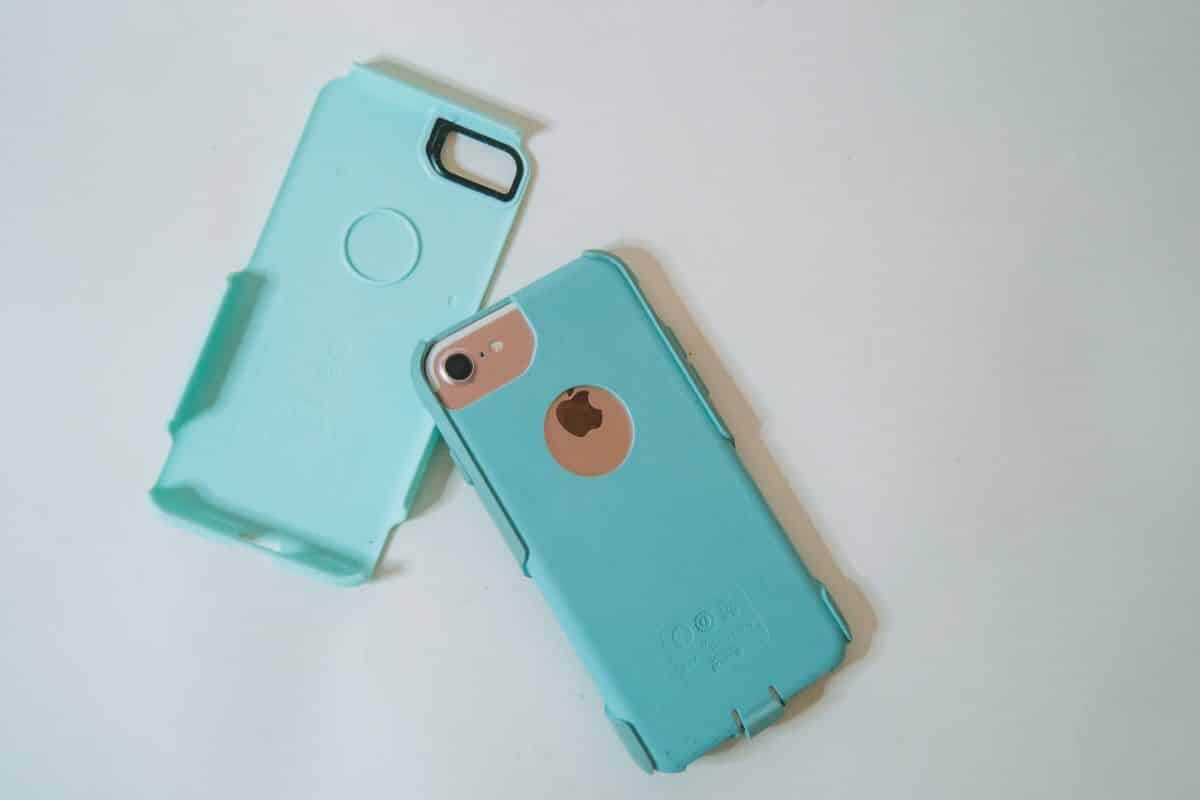
Otterbox Commuter cases offer durable protection without bulky and cumbersome cases, making phone protection easier.
They combine the rigid protection of a polycarbonate outer with an inner shell that has the same rubber elasticity as the Defender’s outer shell.
The case itself doesn’t add a lot of bulk to your phone, making the Commuter more pocket-friendly and easy to hold and scroll.
The Commuter series also doesn’t come with built-in screen protection, giving you the option to use third-party screen protectors, which could be an advantage if you prefer tempered glass.
As I mentioned above, Otterbox sells tempered glass protectors as well that would be compatible with the Commuter.
Additionally, the Commuter offers port protection. On the iPhone 7 model, the port protection covers the charging port while the silent mode button is exposed.
What’s Different About the Commuter vs Defender Case?
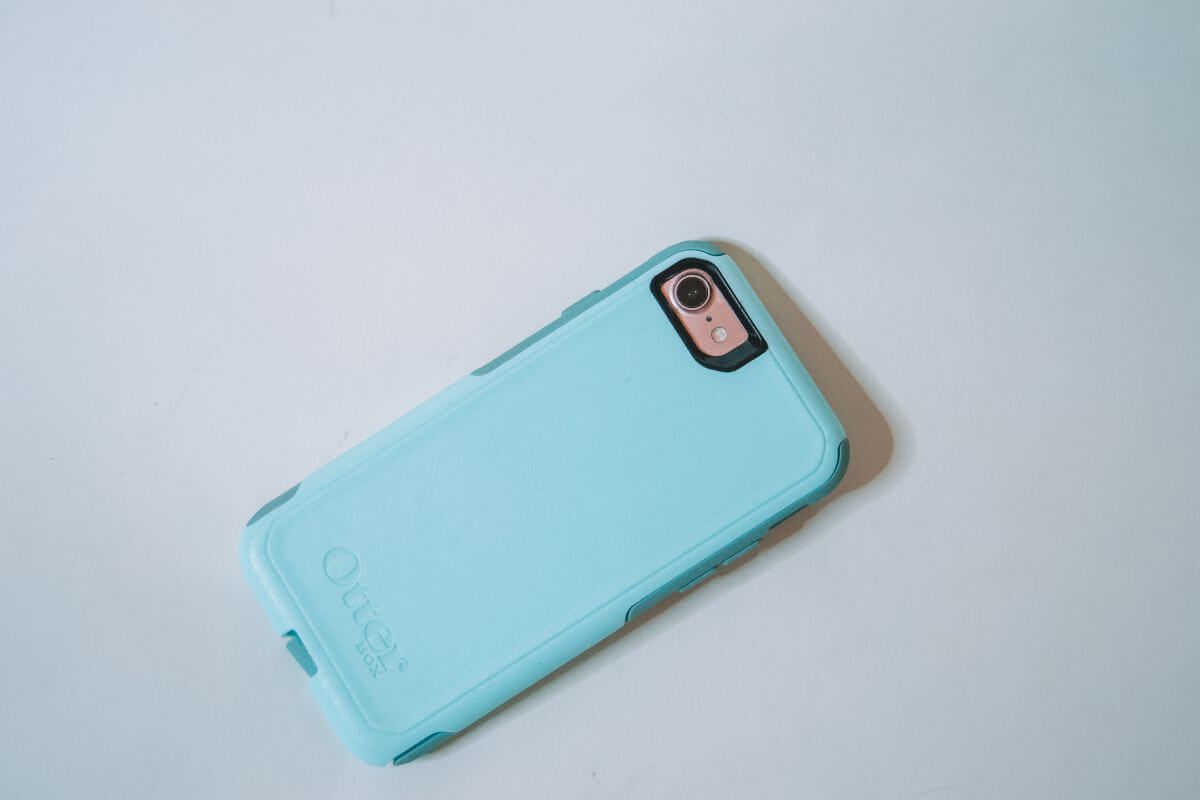
When you compare the Otterbox Defender and Commuter cases, you’ll find the main differences between them are girth and protectiveness.
The Commuter offers less heavy-duty protection and doesn’t come with included accessories.
But in return, the Commuter has a slim design that fits easily in your hand or your pocket.
For me, this makes up for the minus sides of the case, as the bulkiness of the Defender was something that bothered me about it.
Looking for more Otterbox models? Read our comparison guide to the Symmetry vs Commuter.
Who is the Commuter case for?
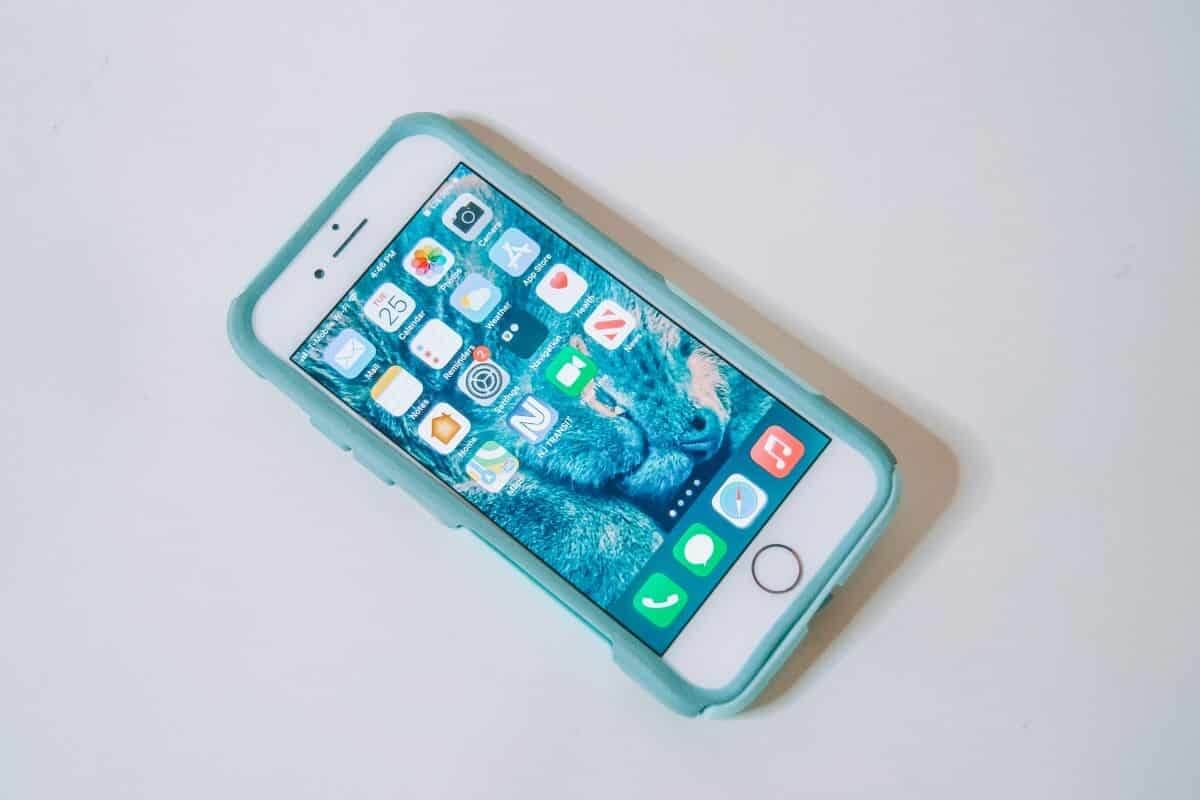
The Commuter case is best for a less heavy-duty user who still wants some rugged protection for their phone but also values a slim profile.
As the name suggests, someone with a busy lifestyle who lives in a city would be a prime candidate for the Commuter.
It’ll protect your phone during your morning and evening commute and from household dangers such as kids playing or from sharp objects.
Because the Commuter doesn’t come with added accessories, it’s also more customizable.
So, if you’re a person who likes having the freedom to accessorize your phone as you please, you’ll probably find the Commuter to be the right phone case for you.
Comparing the Otterbox Commuter vs Defender
So how do these two Otterbox cases fare when you pit them against each other? Let’s compare their various attributes to see who comes out on top.
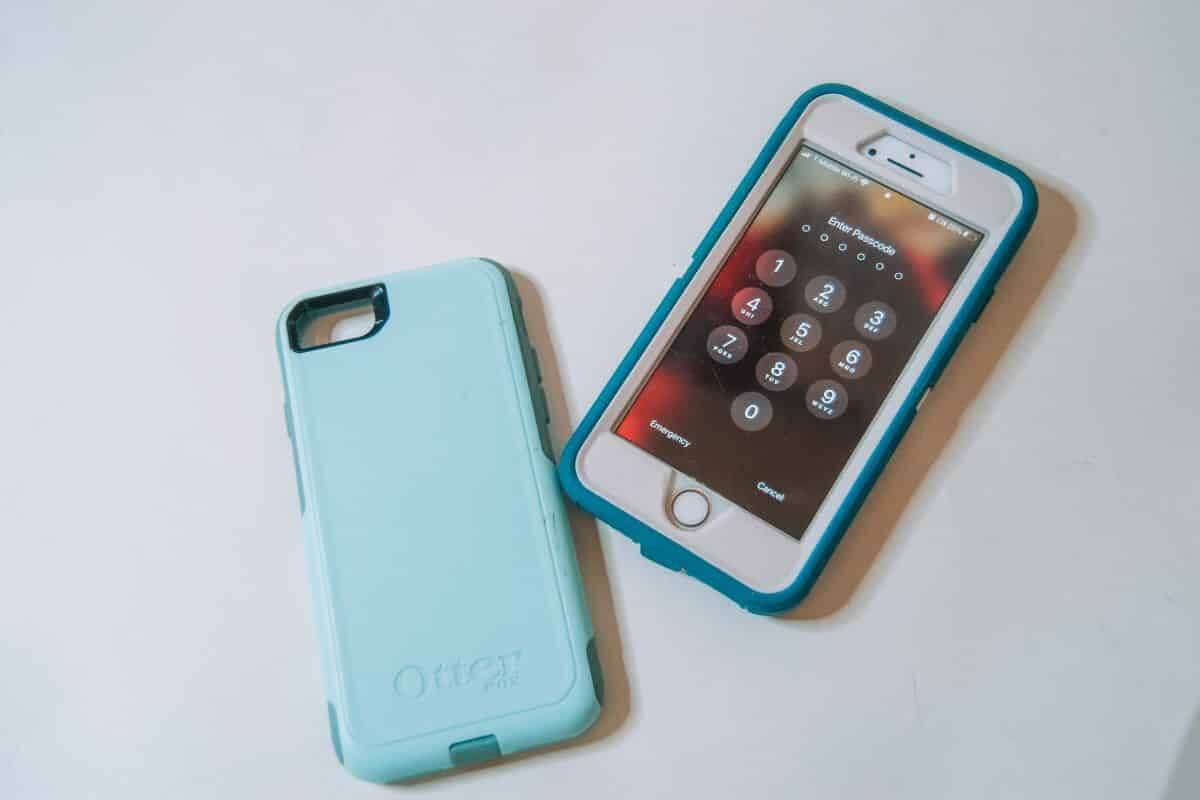
Durability & Protection
When it comes to protecting your phone from damage, the Otterbox Defender is the clear winner.
Both cases use the combination of a hard shell and a soft slipcover to shield your phone from impact.
The hardcover acts as armor, protecting your phone from blunt force impact or sharp objects, while the rubber absorbs the shock of a fall.
But the Commuter doesn’t match the Defender’s allover protection that comes with its built-in screen and thick raised sides.
The Defender also covers all the ports, while the Commuter focuses on the charging port only.
Winner: Defender
Design & Style
Just as the Defender quickly took the lead in the protection and durability section, the Commuter is the clear choice when it comes to design and style.
Both phone cases come in a wide range of colors that vary depending on your phone’s make and model, so from that perspective, they’re aesthetically equal.
But while the Commuter doesn’t have a screen protector to prevent scratches, it’s considerably slimmer and less bulky than the Defender.
Not only does it fit easily in your hand or pocket, but it also makes for a more slender and graceful-looking phone.
Winner: Commuter
Functionality
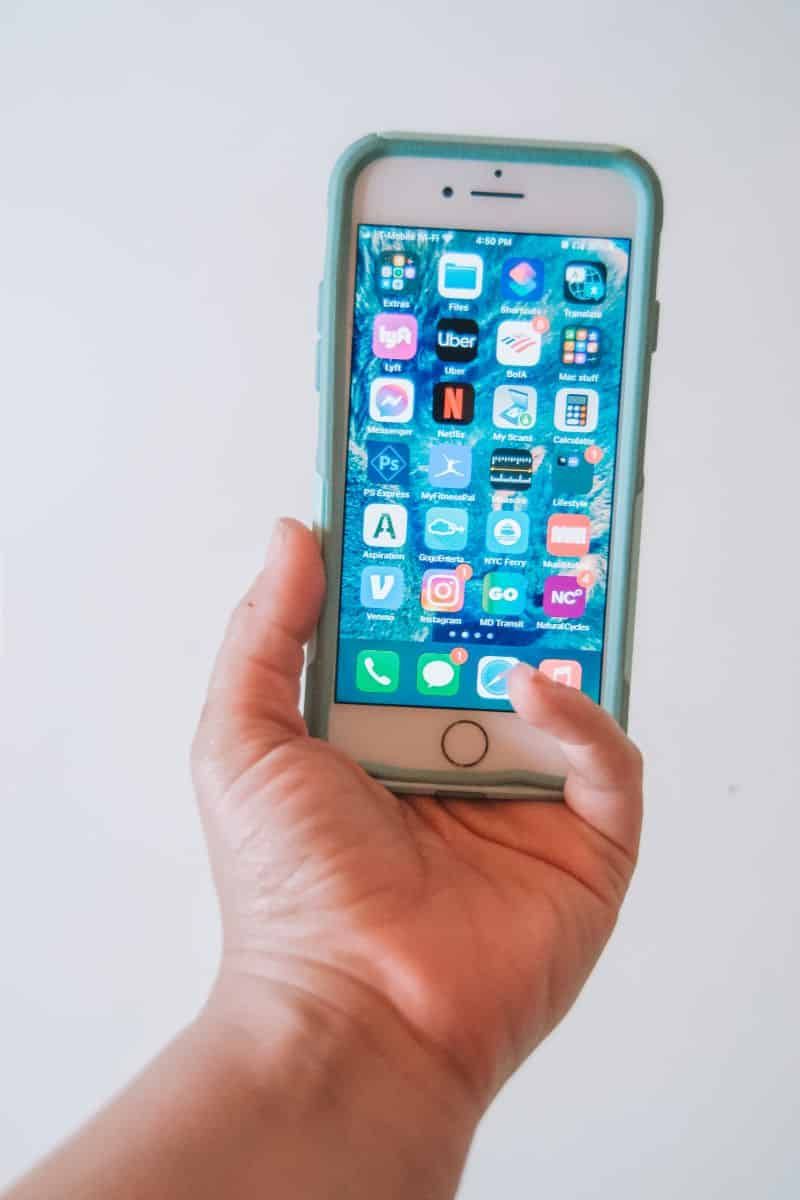
Looking at the functionality of the Commuter case vs the Defender case, both cases function the way they claim to.
So, the two cases tie if you judge functionality on how a phone case lives up to how it’s advertised.
The Defender delivers on its promise to protect your phone from almost any danger that comes its way. The Commuter offers more lightweight protection in a slimmer package.
For me, however, the Commuter functioned better in my everyday life.
I tend to keep my phone in my pocket, and the Defender was a bit too girthy for that. This meant that it didn’t function as well for my personal needs.
Additionally, I had some issues with the Defender’s plastic screen protector. Although it mostly worked, it had a slightly flexible plastic feeling under my finger. In a strictly tactile sense, I wasn’t so fond of this.
On top of that, a small amount of moisture found its way inside the case, which rendered the screen unusable until I opened it again and wiped it out.
The Defender makes no claims of being waterproof, but I also didn’t get the phone noticeably wet, so it wasn’t optimal that moisture found its way inside anyway.
Winner: Commuter
Number of Options, Variations & Accessories
Either the Defender or the Commuter is a good choice if you value options, variations, and accessories.
The Defender has more accessories included in the box. It has a screen protector and a scratch-proof holster, which you have the option to use or not.
The holster works as either a belt clip or a kickstand to prop up your phone when you want to watch video clips in bed.
However, if you get the Defender, you don’t have a choice of what type of screen protector you’d like to use.
With the Commuter, you have a lot of the same features as the Defender, but with more options to customize your accessories.
Still, the Defender has more included in the price, which gives it a slight edge over the Commuter.
Winner: Tie, leaning slightly toward the Defender
Price
The Commuter retails at about ten dollars less than the Defender.
While it’s important to consider that the Defender also includes two accessories in that price, the fact remains that the Commuter is simply the cheaper option.
Winner: Commuter
Conclusion: Otterbox Defender Series vs Commuter Series – Which One is Better?
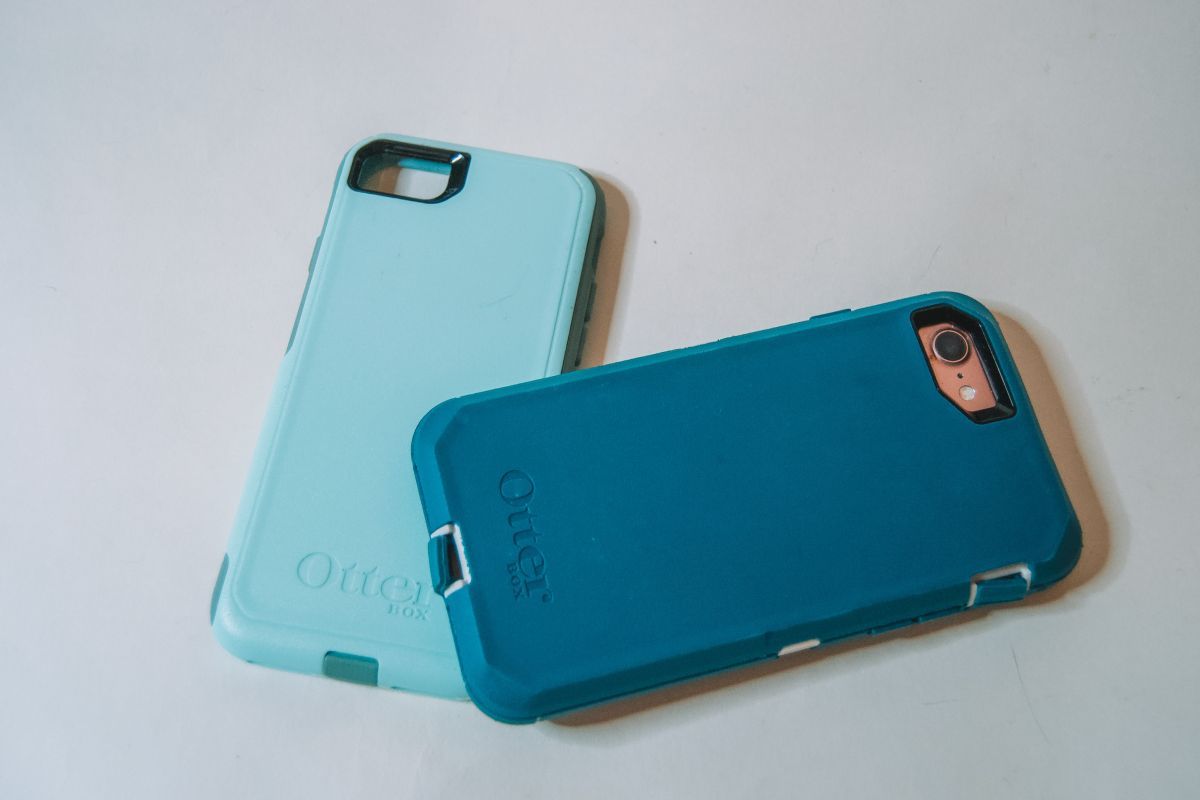
Now that we’ve compared these two cases side-by-side, the time has come to pick a winner.
When it comes to the Otterbox Defender vs the Commuter for iPhone, my pick is the Commuter.
To be clear, these are both excellent phone cases. My preference for the Commuter stems from my individual needs and priorities.
For me, the Commuter is the best Otterbox series out of the two because of its slim profile.
It’s important to me to fit my phone inside my pocket, and I tend to wear form-fitting clothing, so the bulky Defender would often get caught in my pocket as I tried to pull it out.
On the other hand, the Commuter’s svelte size made for an easy slide in and out of my jeans pocket.
I also have pretty small hands, and I had trouble holding the Defender series in one hand, so a smaller case fits better with my anatomy.
Likewise, the Defender’s holster didn’t significantly benefit me. While it’s nice to have an accessory included in the price, the holster just wasn’t for me.
With the holster on, my phone felt enormous and awkward to hold. The belt clip wasn’t of much use to me because I don’t wear belts often, and I wouldn’t opt to clip my phone there.
I also didn’t love the feeling of the plastic screen protector on the Defender. I much prefer the feel of tempered glass.
While I appreciate that Otterbox includes these two accessories, I ultimately prefer to choose my own accessories so the Commuter wins out there.
The screen protector, holster, and size are the main differences between these Otterbox cases.
None of these aspects worked very well for me, and once you strip them away from the Otterbox Defender series, you essentially have the Otterbox Commuter.
With the Commuter Series vs the Defender series, you still get rugged drop protection without the added inches or extraneous extra features.
That said, the Otterbox Defender offers not only more protection but better protection.
In situations where your phone might be at a higher risk, such as rock climbing or hiking in the wilderness, the Otterbox Defender might be a more solid choice.
It’s a good idea to have a Defender on hand, even if you’re using the Commuter as your daily phone case.
That way, you can switch to the Otterbox Defender when you’re heading on an outdoor excursion where your phone might face increased dangers.
It could also be a good phone case to use only when you’re traveling.
The last thing you want is to break your phone while you’re on vacation, so switching out for a heavy-duty case could give you a little extra peace of mind.
If you’re someone with large hands who wears looser clothing with deeper pockets, then the Defender’s bulkiness may not bother you on a day-to-day basis.
Still, my preference is for a slim case that feels good in my hands, and that case is the Otterbox Commuter.
Ultimately, whether you choose the Otterbox Defender or Commuter, you can be sure your phone will stay safe and sound.
ABOUT THE AUTHOR

Elina Ansary
Elina Ansary is a visual artist, writer, teacher, and avid traveler who grew up in San Francisco, CA. Elina’s offbeat, colorful sense of style has been a mode of self-expression for as long as she can remember. Shopping at thrift stores is a favorite pastime, and shopping online is her addiction. When she isn’t writing and editing for The Atlas Heart, Elina is pursuing a Master’s degree in Visual Art at Cornell University and splits her time between Ithaca and Brooklyn.
Looking for more travel gear recommendations? Check out our related posts below!
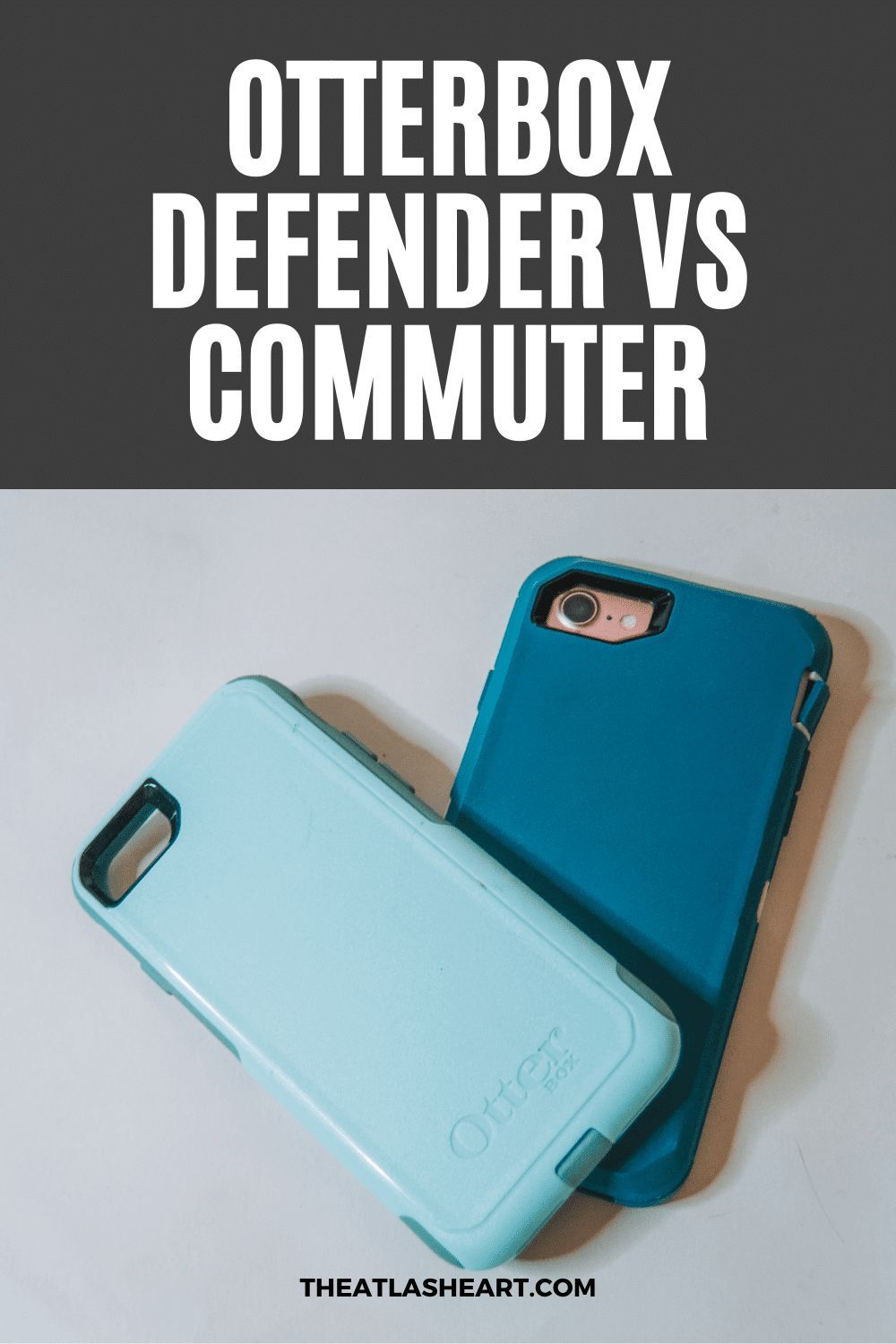
Pin this image for future reference

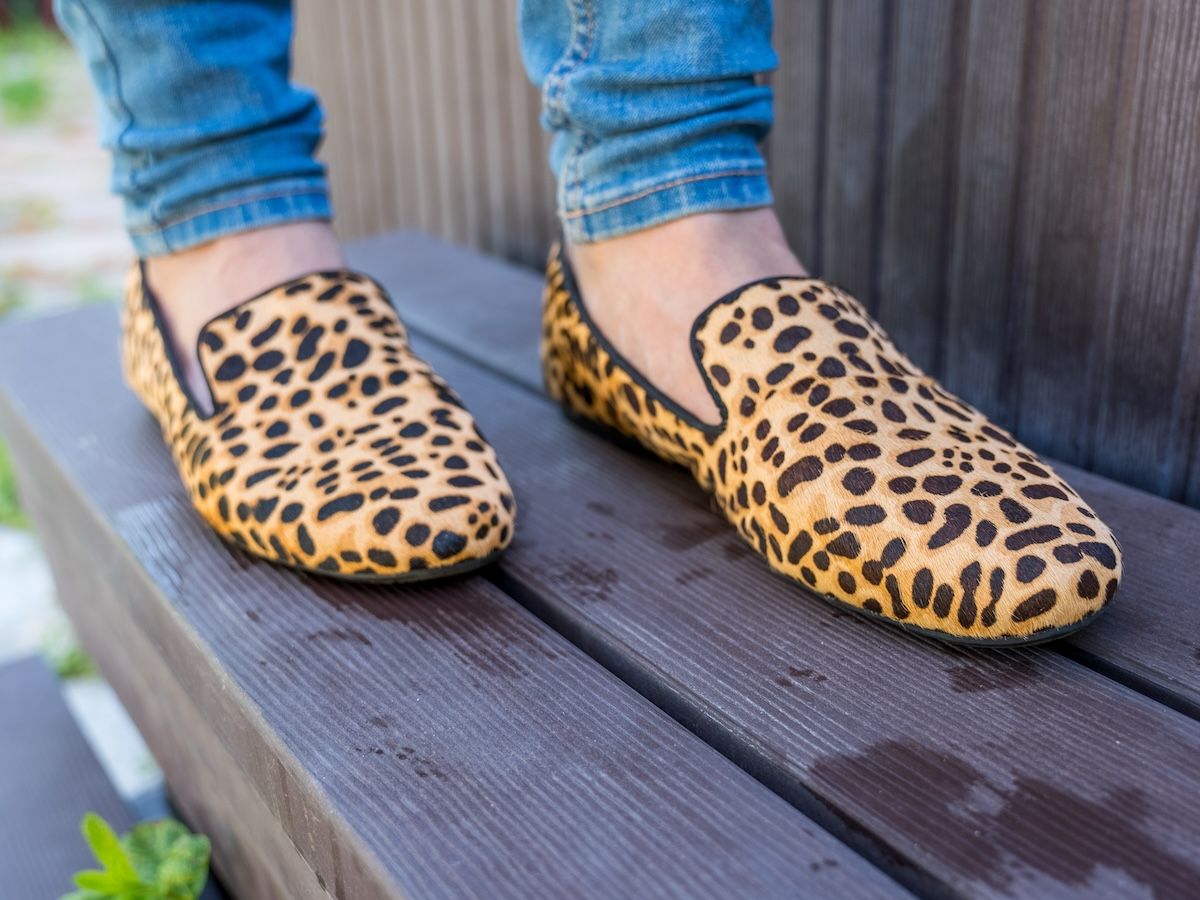
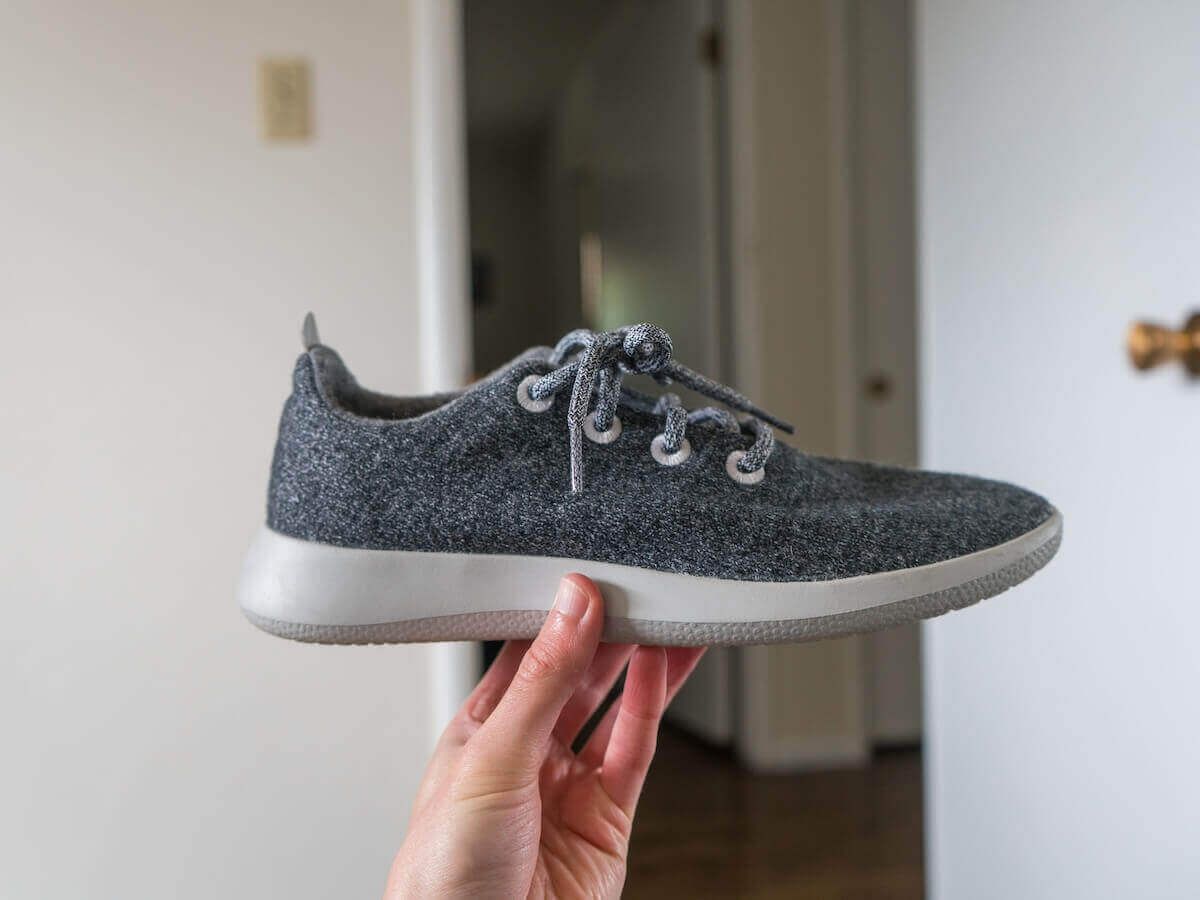
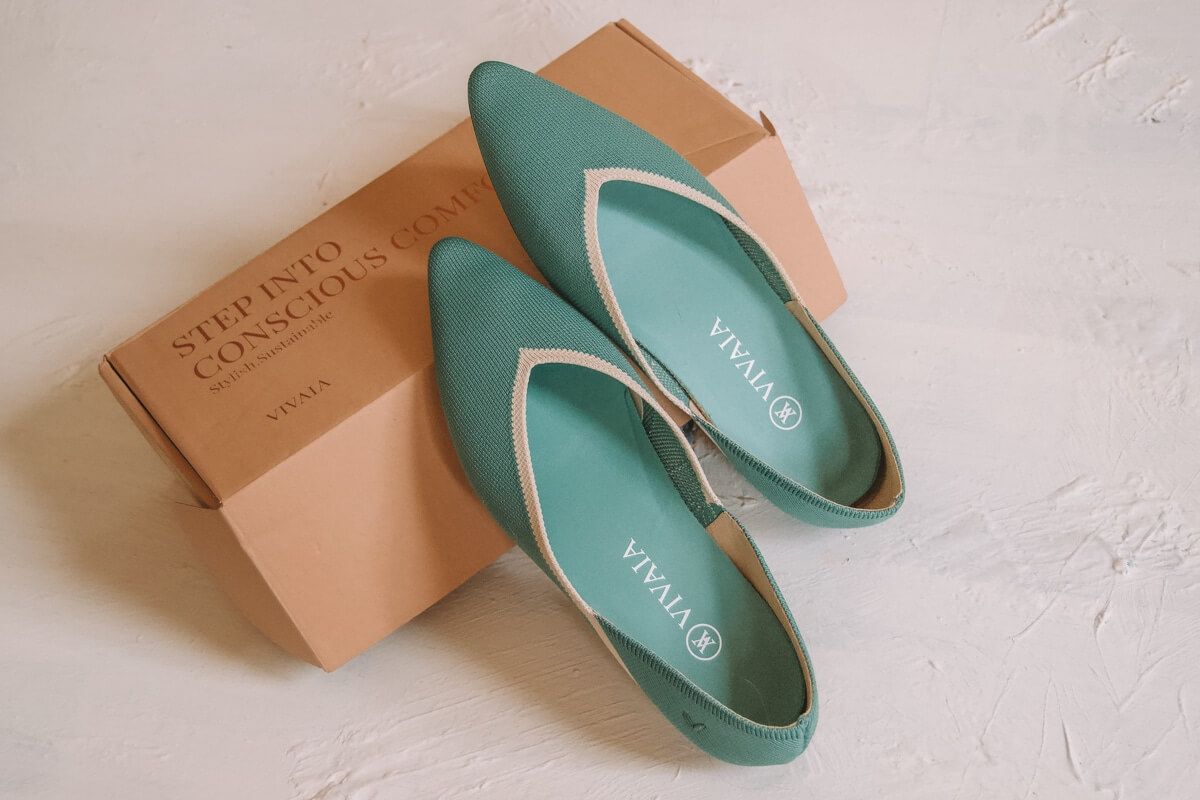
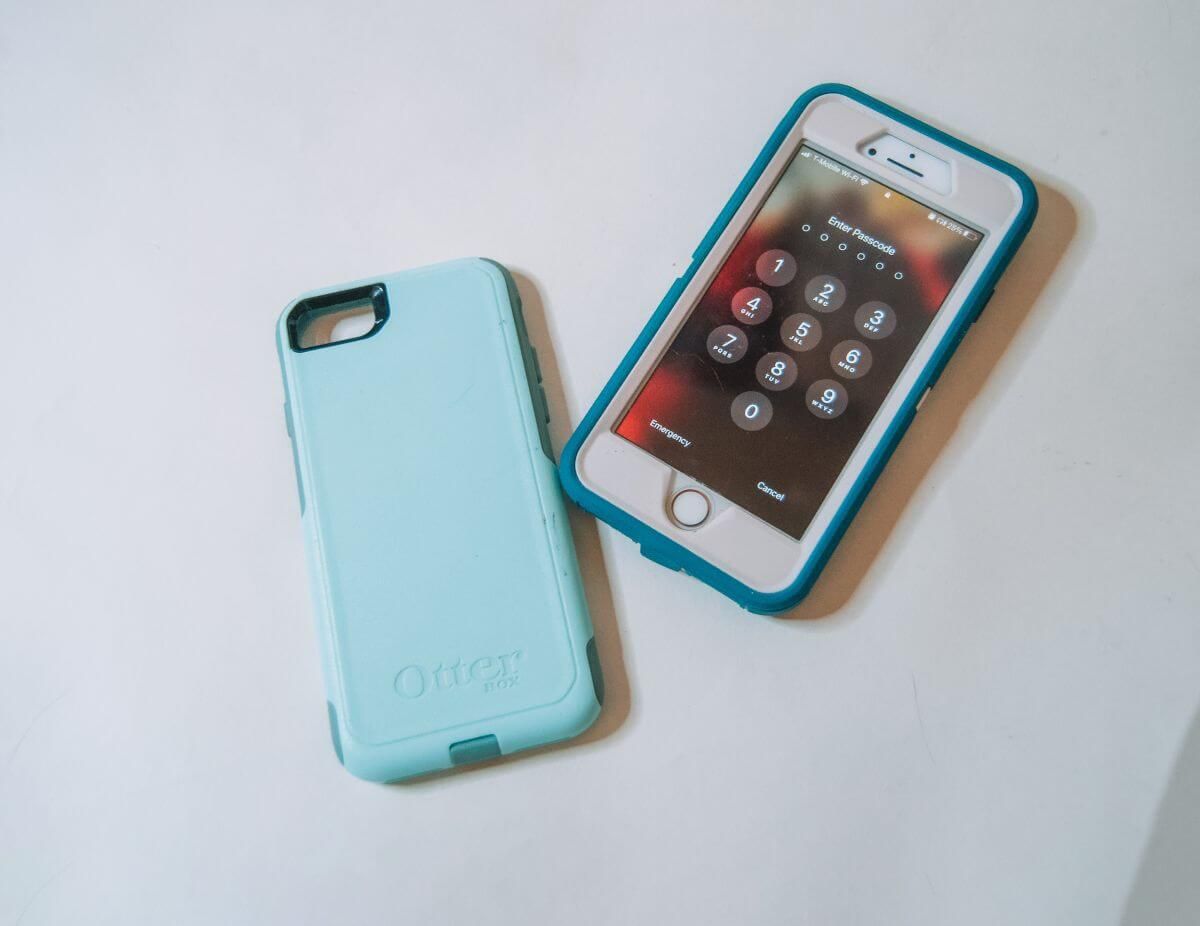
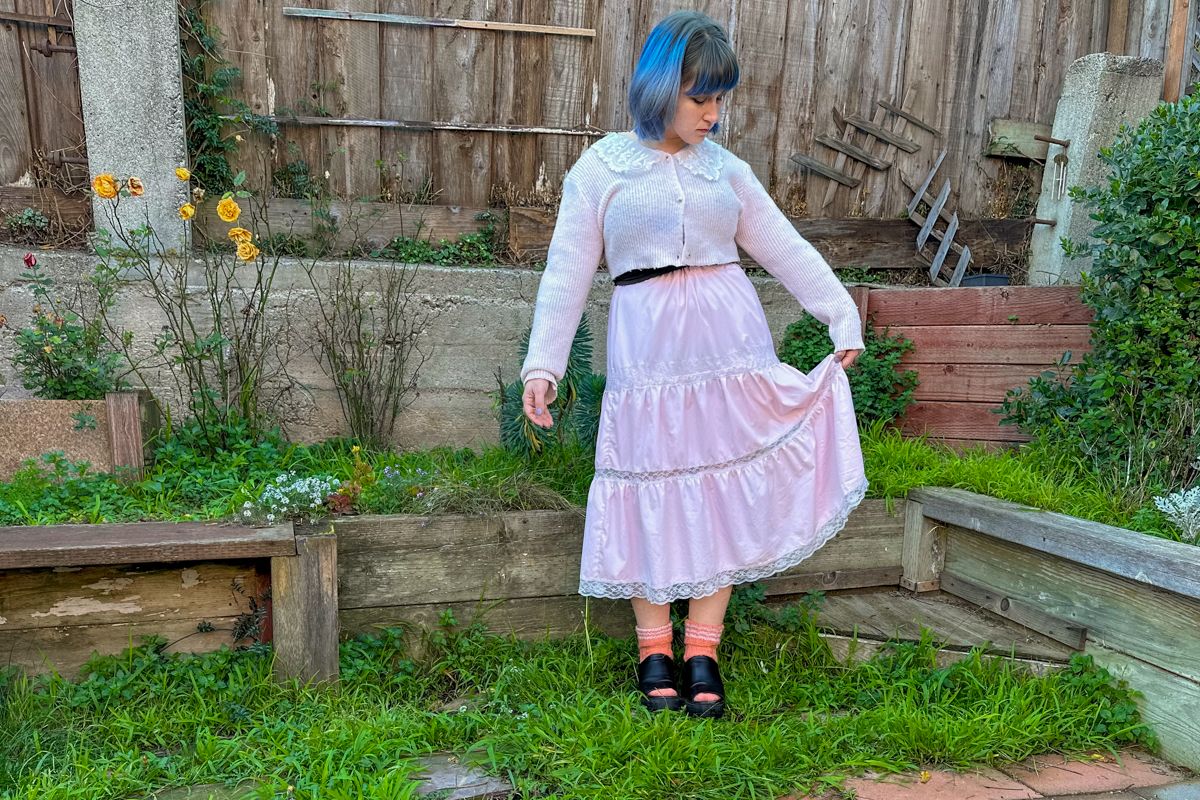
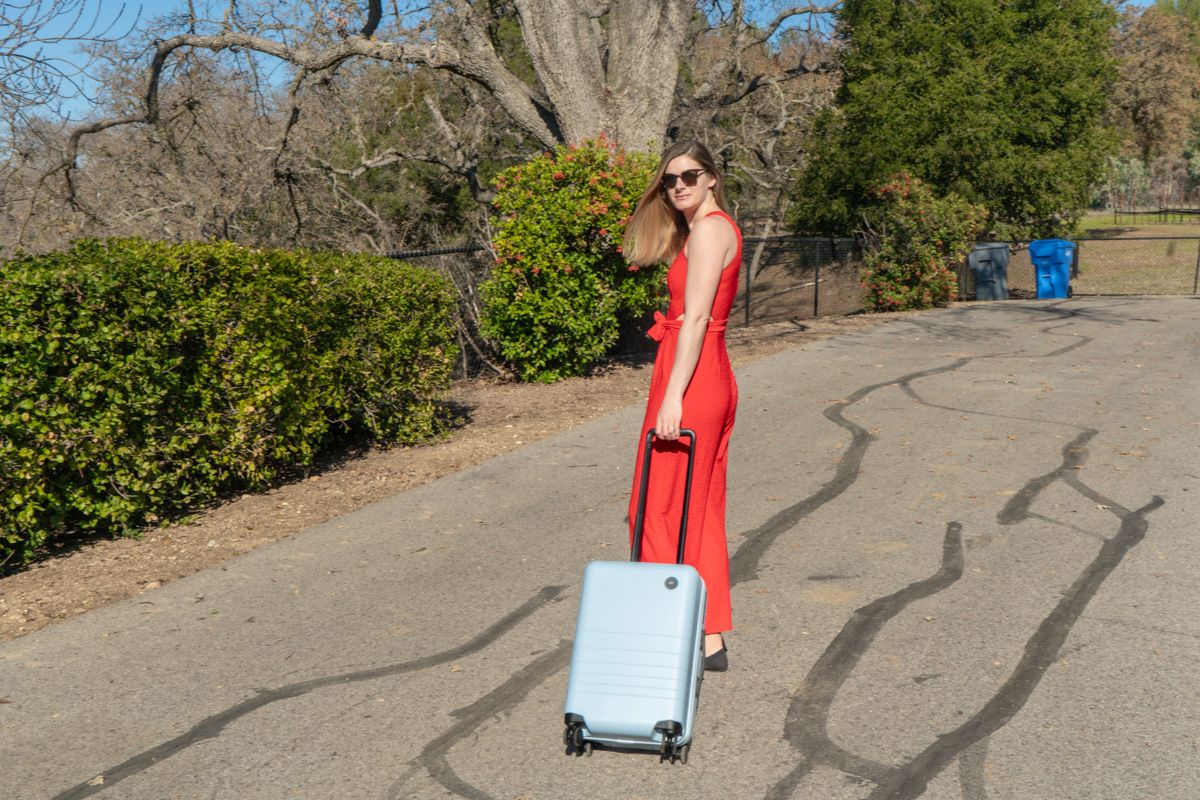


I found your article on the Otterbox Defender vs Commuter. I’ve been using the defender model with my iPhone 11 Pro. I specifically got it because of the holster which I used to hold the phone when I am out. I take the phone out when I have to use it. I can’t imagine using the phone with the holster.
I am now looking into upgrading my iPhone if I do then I am leaning towards the commuter. The simple reason for this is that I’d like use a holster that has a magnetic closure. This would give me easier access to the phone as opposed to pulling up on the tab to release it like I do now.
One downside to the defender is that the notches on the side eventually broke and makes the holster useless unless I turn the phone around.
Now that I have bored you with those details, I do have a question.
Does the commuter have ridges on the side to make the phone easier to grip?
Thanks,
Ryan
Hi Ryan! The Commuter model that I tested had areas of exposed silicone on the sides (from the inner silicone shell), which were somewhat grippy. The hard plastic shell didn’t have ridges. Hope that helps!